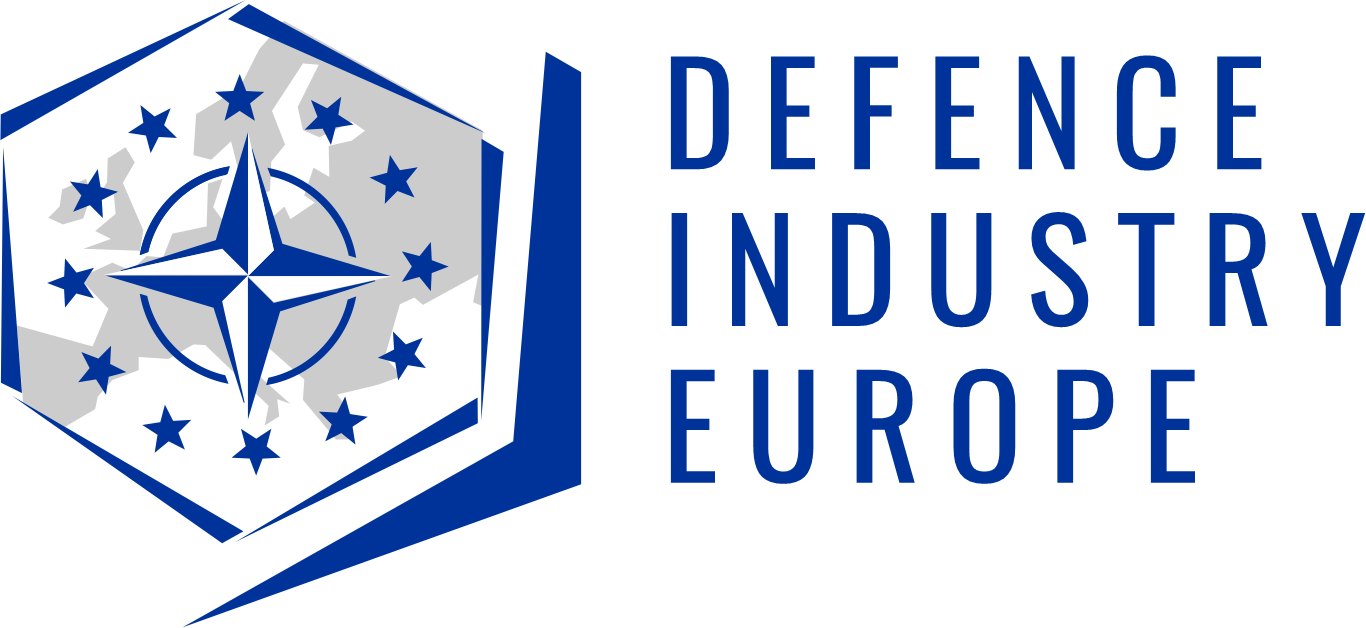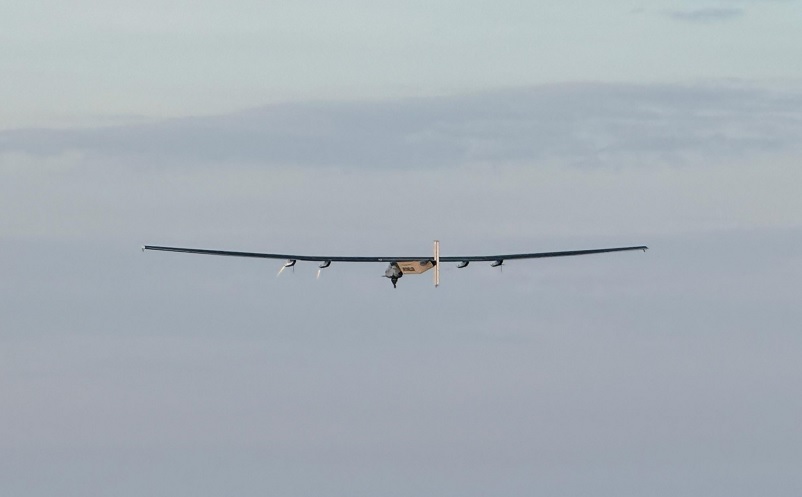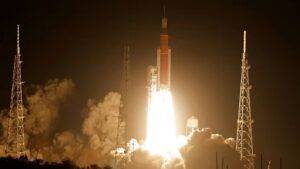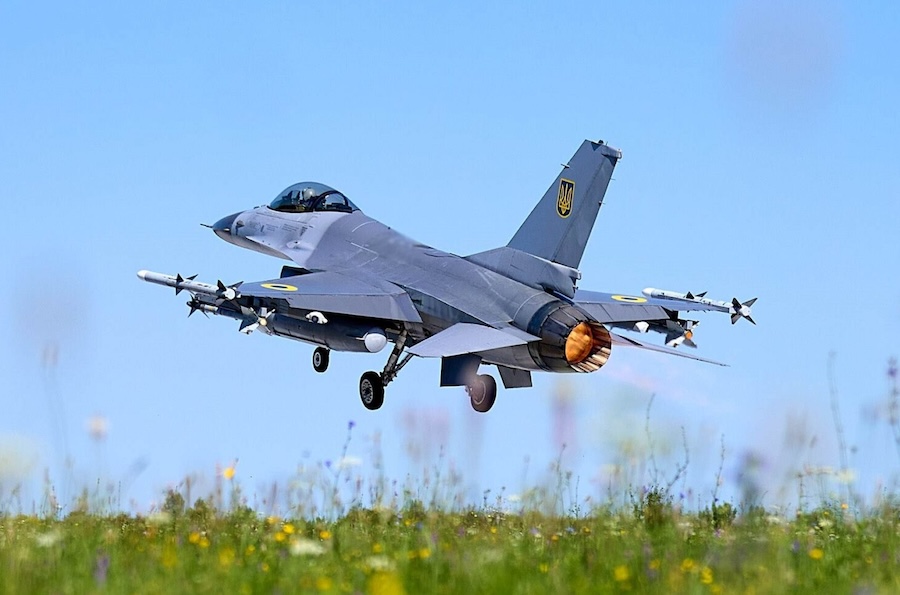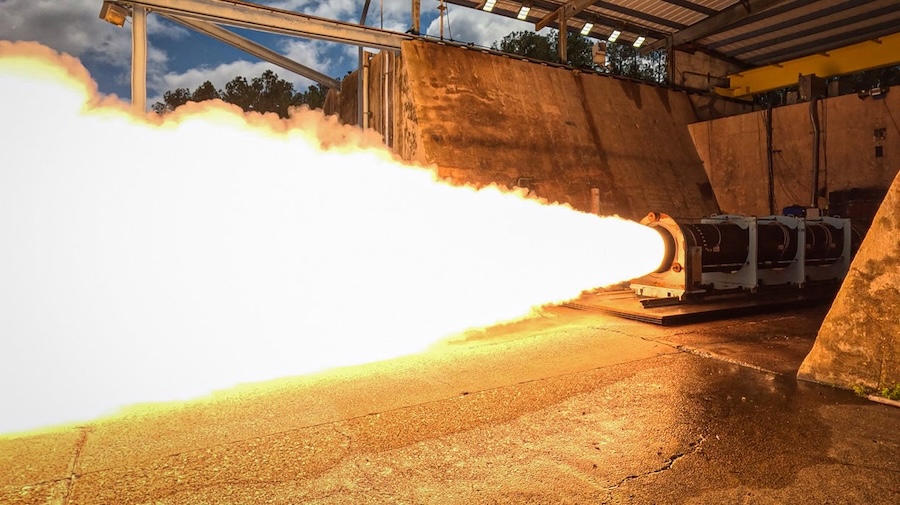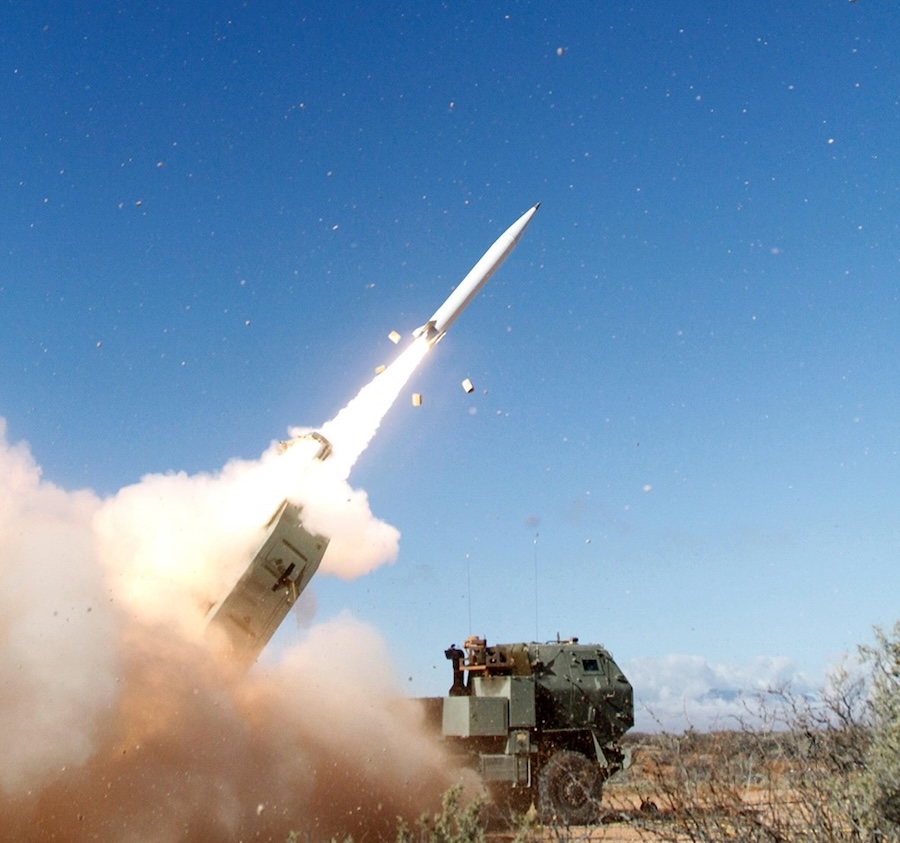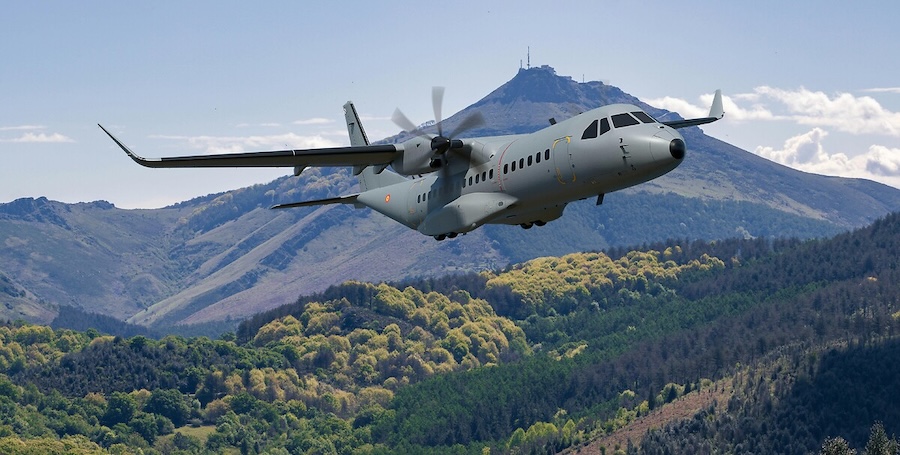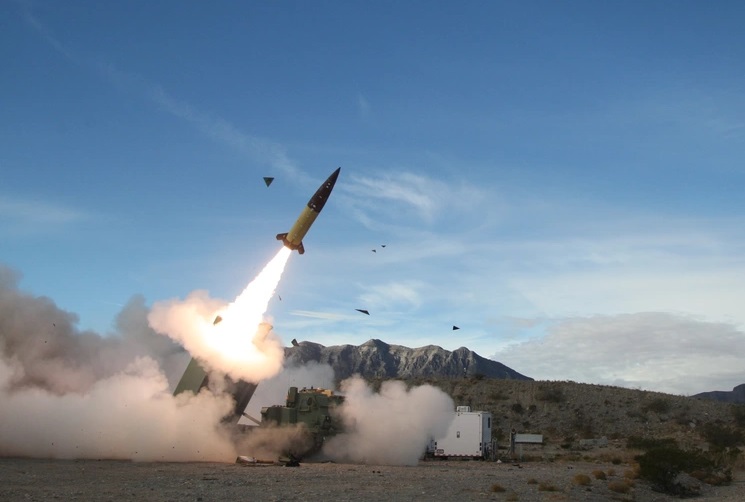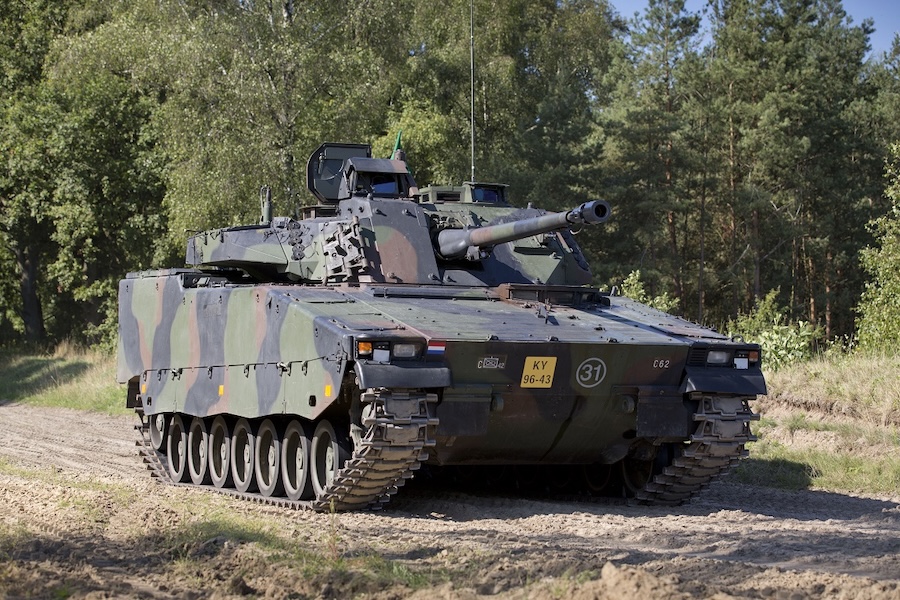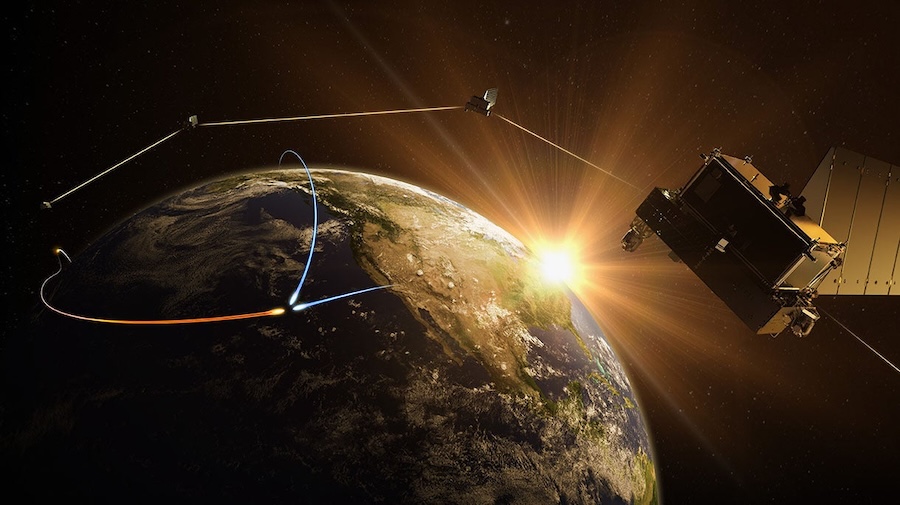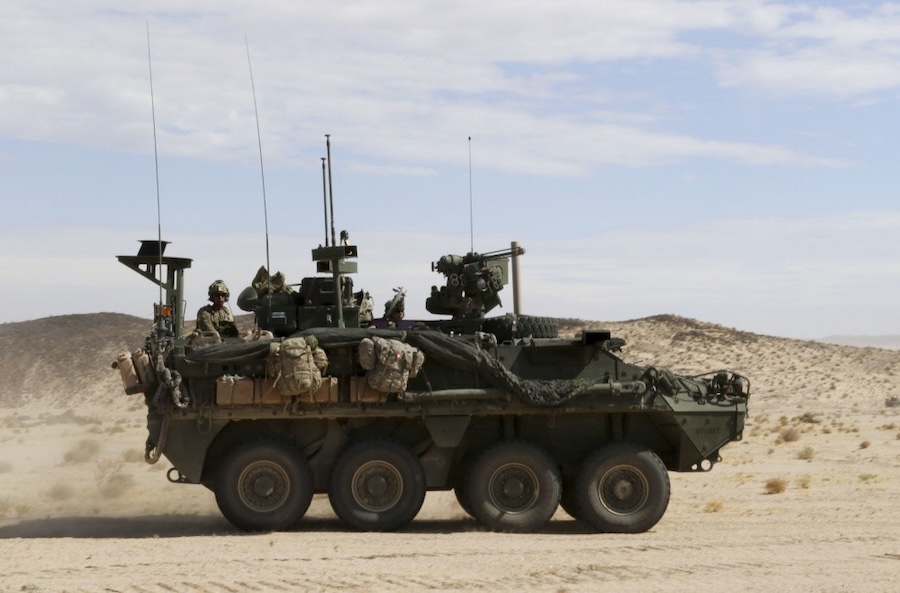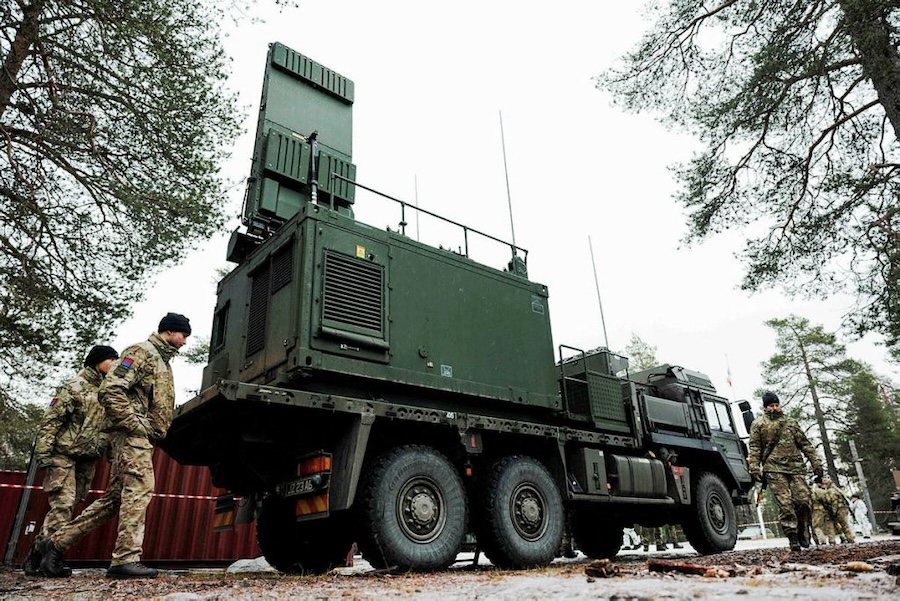This milestone marks a key advancement in solar-powered unmanned aircraft system (UAS) technology, with strong implications for maritime intelligence, surveillance, and reconnaissance (ISR). “This demonstration is a prime example of how NAWCAD partners with industry to deliver what the fleet needs,” said Rear Adm. Todd Evans, NAWCAD Commander.
The flight confirmed Skydweller’s ability to maintain a positive energy balance and sustained flight powered entirely by solar energy. It also validated the aircraft’s autonomous capabilities, secure communication links, and adaptability in turbulent weather conditions.
“Integrating Skydweller into the Navy’s ISR architecture creates a layered and resilient network that maximizes the capabilities of all our assets,” said Bill Macchione, NAWCAD’s Special Purpose UAS lead. “This collaborative approach ensures we have the right platform for the right mission, optimizing our resources and enhancing our overall maritime domain awareness.”
Skydweller’s platform is designed to deliver wide-area, long-duration surveillance, allowing other specialised systems to concentrate on rapid response and advanced sensor operations. This capability strengthens the Navy’s ability to monitor and protect maritime interests.
NAWCAD began testing Skydweller in 2020 to support U.S. Southern Command (SOUTHCOM) objectives, including combating drug trafficking and improving border security. The platform’s persistent surveillance enhances maritime situational awareness and aids efforts to disrupt illicit activities.
Further trials of Skydweller are planned later this summer in the SOUTHCOM area of responsibility. NAWCAD, headquartered in Patuxent River, Maryland, continues to support Navy and Marine Corps aviation through its extensive network of personnel, test ranges, and laboratories across several U.S. locations.


